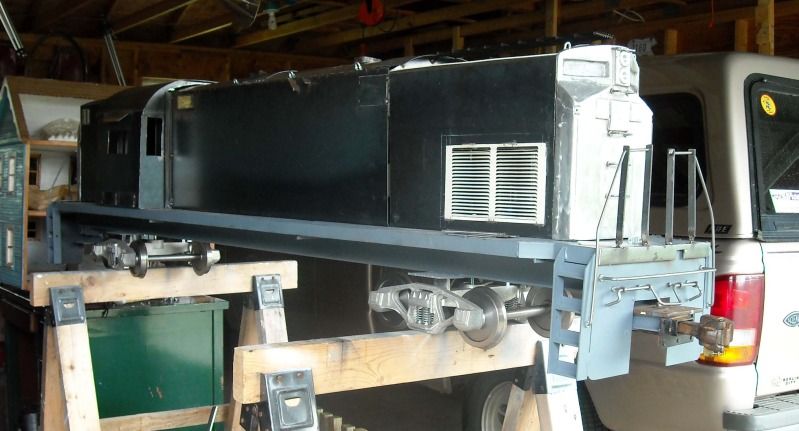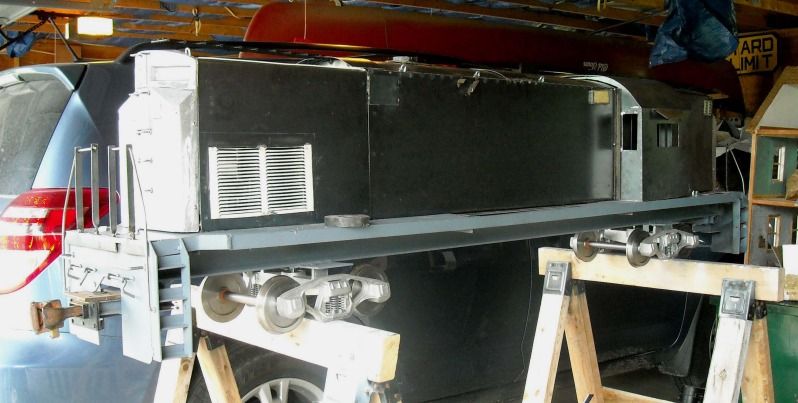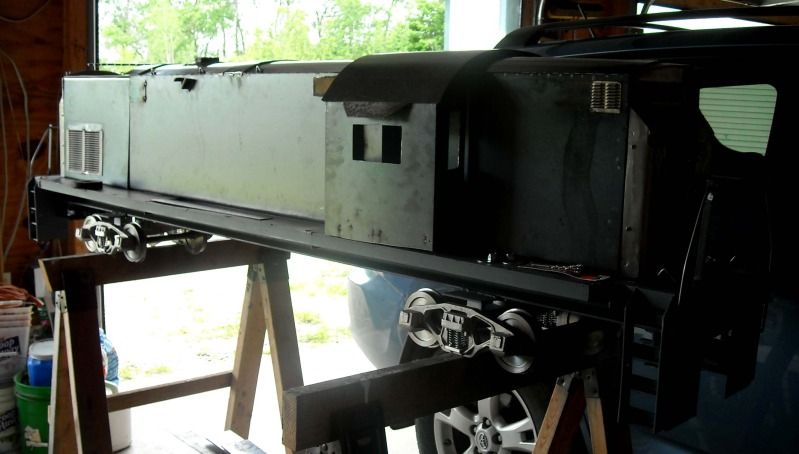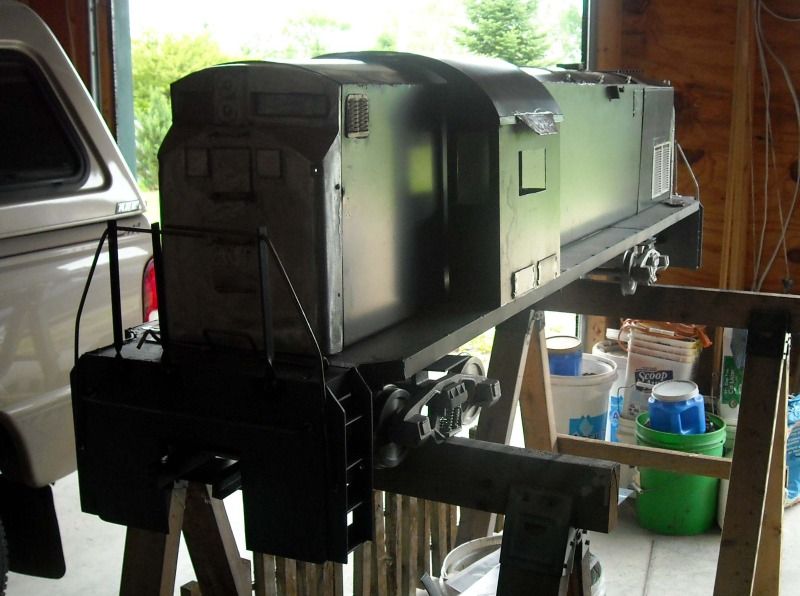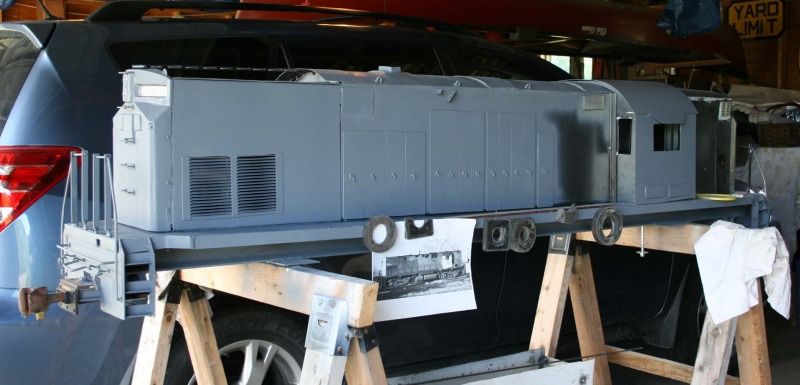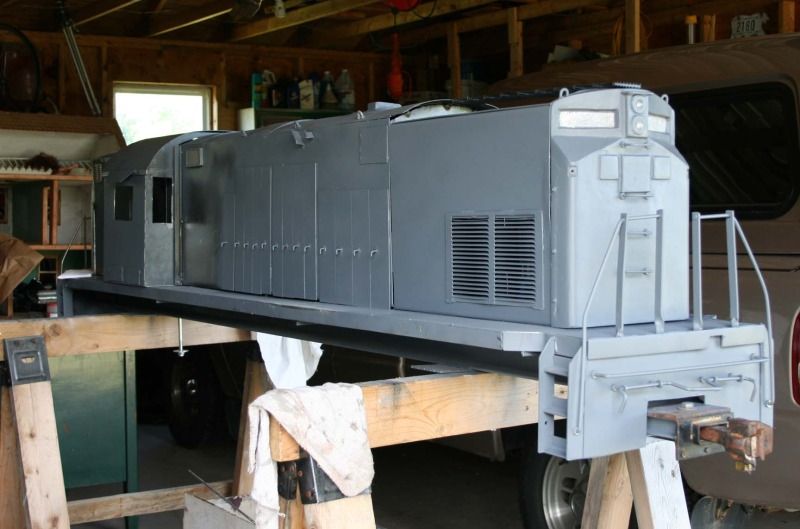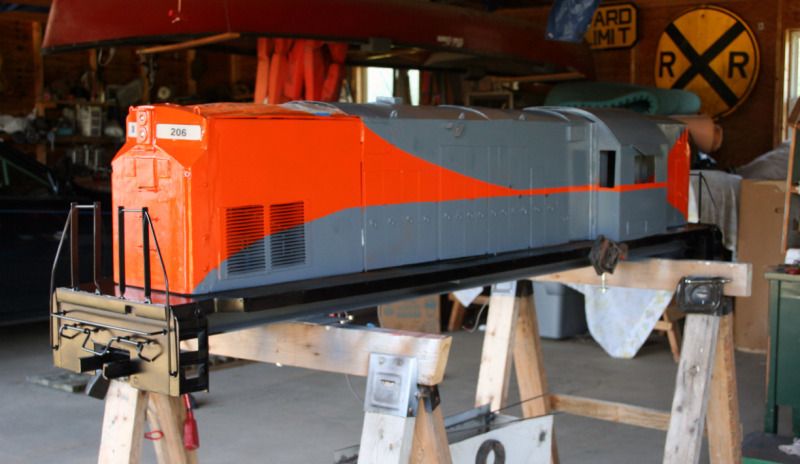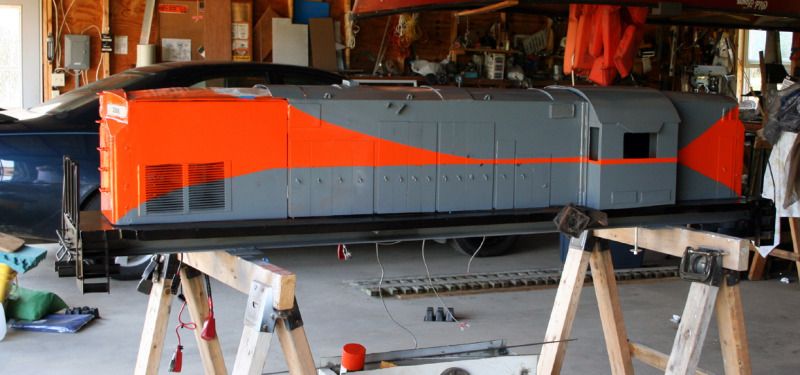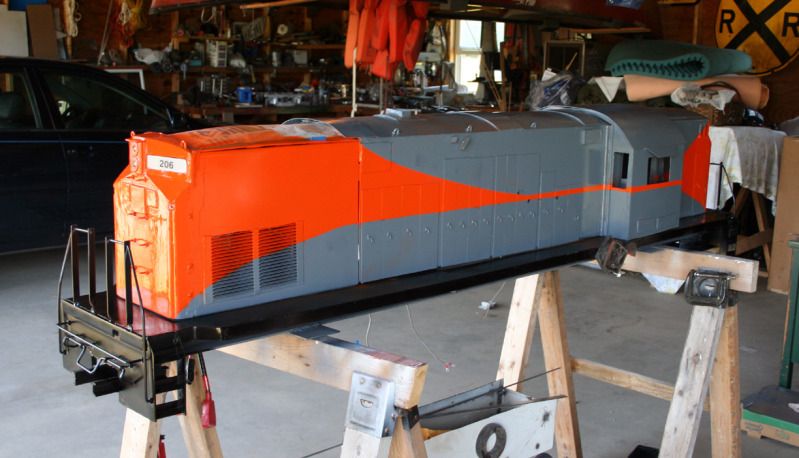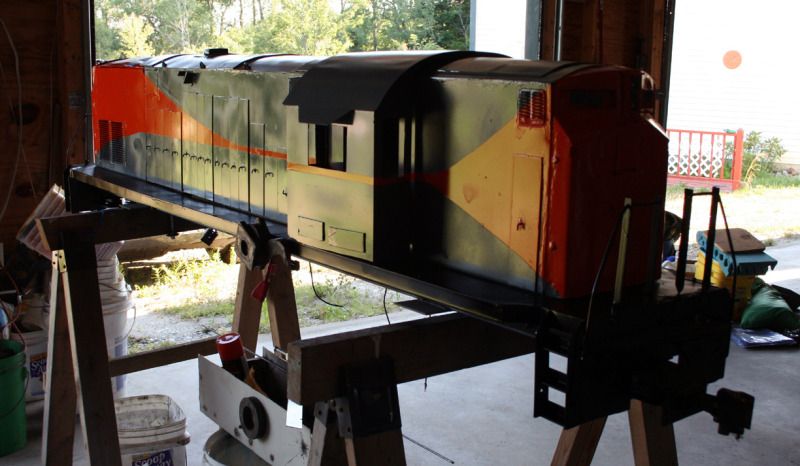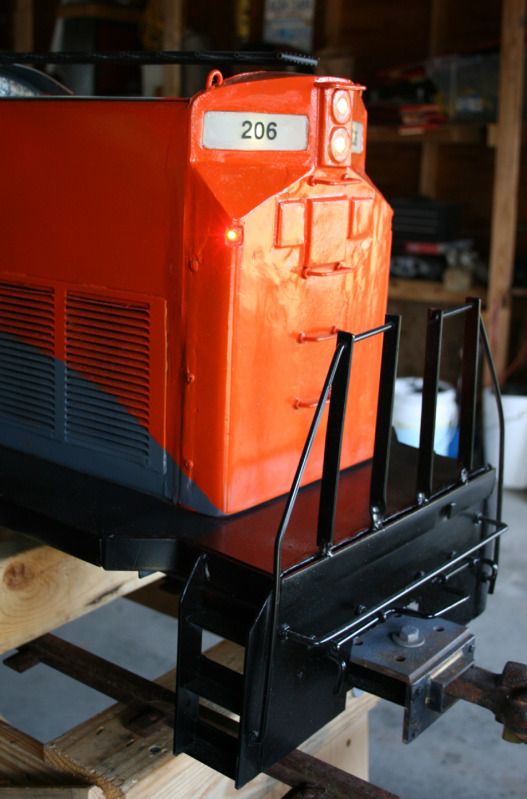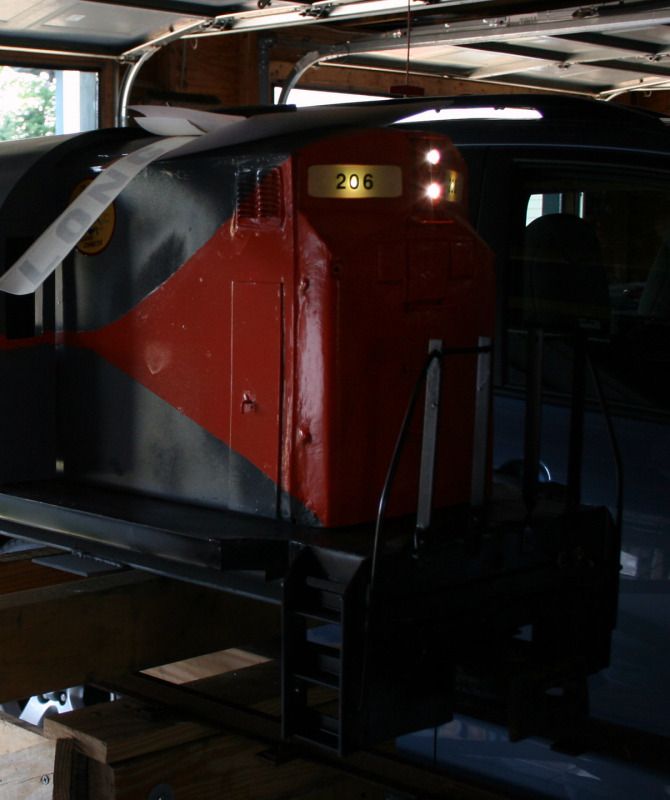by 452 Card
I know that you are still in the building stage, but I have an engineering question to ask for future consideration: With the motors you will use as traction motors, is it possible to build-in a regenerative braking feature to slow the unit? With the weight of the engine around 500 lbs., converse all-stars will be shredded in an hour! Real LIRR MU equipment uses that feature in addition to modulated friction brake down to around 15 mph, at which point the air brake system assumes control. If the braking rates/speeds could be reduced to 1/8 scale, this might be a way to better control the unit until "feets time" takes over. A computer cooling fan might fit in the hood to provide actual cooling of a small radiator, such as a car heater core. Just an idea.
Wheelslip! Back to the Barn.
MOTEL
MOTEL
